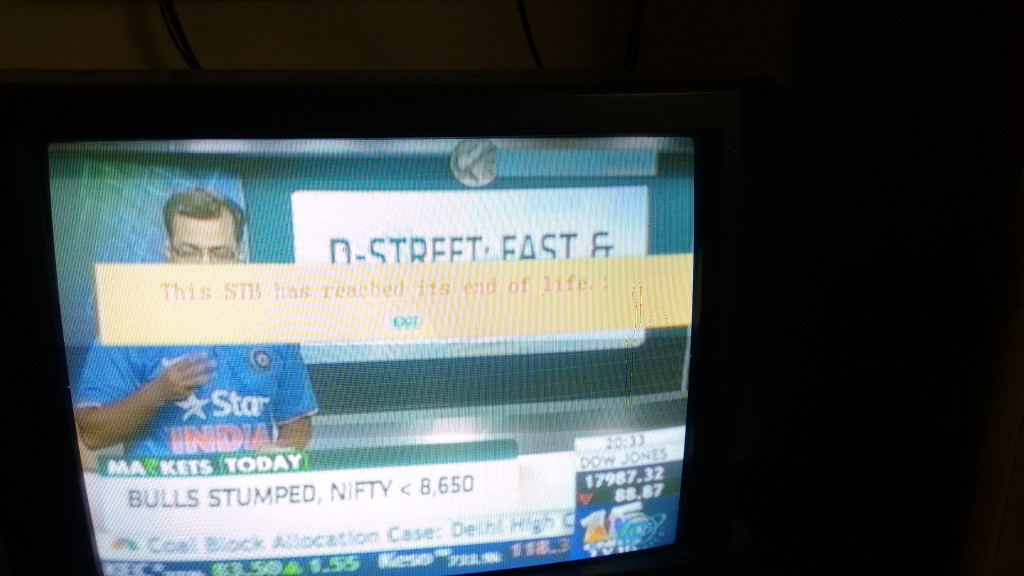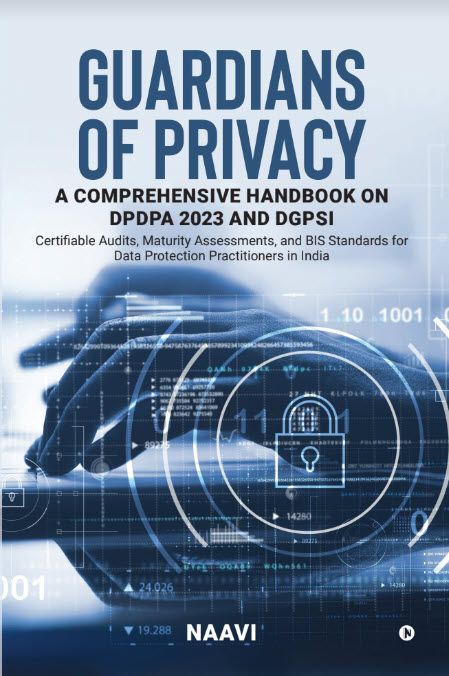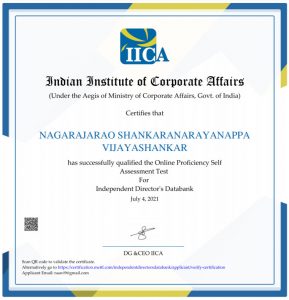The much awaited judgement on whether Section 66A of ITA 2008 is constitutionally valid or not is expected to be pronounced tomorrow at 10.30 am.
Section 66A has been frequently abused by Police when it has been used to arrest persons making posts on FaceBook, Twitter or Blogs. In at least one case, a person was arrested for clicking on “I like” on a Facebook post.
Most of the arrests under Section 66A has been related to criticisms of politicians in the form of comments and cartoons under the pretext that it was “Defamatory” and “Caused annoyance”.
Simultaneously, Section 79 of the Act may also come under review. Under this section, a few people have interpreted that it is necessary for a blog owner to remove a content within 36 hours of an objection having been lodged.
Both the arrests under Section 66A and the perception of mandatory removal of content under Sec 79 are being held out as leading to the sections being adversely affecting the “Freedom of Expression” as guaranteed by the constitution.
Naavi.org has debated this section in detail in the past and links to these articles are found below. The essence of the views expressed are that “Abuse of Section 66A” is a matter of ignorance, as well as misuse of the powers by Police and Politicians. Section 66A in our opinion was meant for addressing the issues such as Cyber bullying, Cyber Stalking, Spamming, Phishing, Threatening by SMS/Email etc. The section 66A is very much required to meet these requirements. Similarly, Section 79 imposes no obligation to “Remove Content” when objection is raised by a person who perceives himself to be a victim. Only a judicial review can order removal of content. This has been clarified by the Government subsequently though the original notification was not worded properly by the Government.
It would be interesting to note whether Supreme Court judgement would be dictated by the “Perception” or “Reality”. Wide spread perception is that the section 66A or 79 may curtail the freedom of expression but the reality is that this perception is the result of misuse of law by politicians and police. Such misuse has been in existence before these sections became available and will continue even if these sections are removed.
I wish Supreme Court judgement would reflect this reality. I will be happy if the Supreme Court suggests some checks and balances where by misuse of the section by Police is made punishable rather than removing the provisions themselves which have other uses.
It is however acknowledged that the Government might not have put up its case properly and the decision may reflect only how effectively the two sides have argued the matter in the court.
Afterall, in computers we say “Garbage in, Garbage out”. Similarly in the Indian system of justice dispensation, it is the relative strengths of the adversarial arguments that determine the judgement and a perception of “Judicial Precedent”.
If the decision is in favour of removal of the section, then Government needs to think of bringing a suitable amendment to ITA 2008 retaining the major part of the section and accommodating the Supreme Court observations as explanations.
Naavi
Other related articles in Naavi.org:
Section 66A and Section 79 of ITA 2008 at Supreme Court
Section 66A coming for review at Supreme Court..the issues
IRDA files Section 66A Complaint against an activist
Mumbai High Court on Section 66A
No Arrests under Section 66A without prior approval of higher officers
Section 66A abused again
Advisory on Section 66A
Mis-perceptions about Section 66A
Section 66A is not meant for “Cyber Defamation”
Government issues clarification on Section 79 rules







